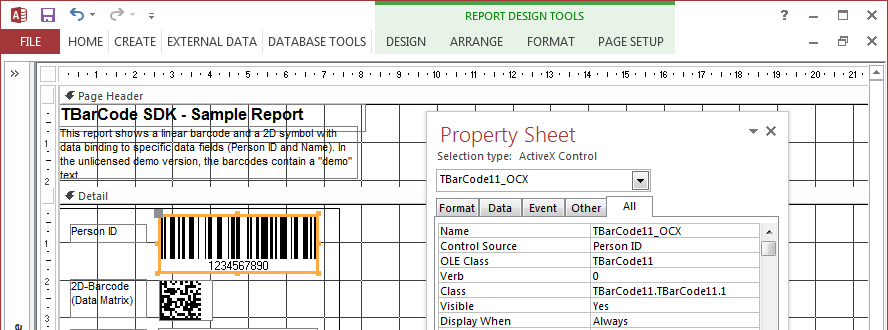

UK magazine Modern Railways December 1962 pages 387–389 record how British Railways had already perfected a barcode-reading system capable of correctly reading rolling stock travelling at 100 mph (160 km/h) with no mistakes. However, it took over twenty years before this invention became commercially successful. The invention was based on Morse code that was extended to thin and thick bars. The barcode was invented by Norman Joseph Woodland and Bernard Silver and patented in the US in 1952. A mobile device with an inbuilt camera, such as smartphone, can function as the latter type of 2D barcode reader using specialized application software (The same sort of mobile device could also read 1D barcodes, depending on the application software). 2D barcodes can also be read by a digital camera connected to a microcomputer running software that takes a photographic image of the barcode and analyzes the image to deconstruct and decode the 2D barcode. 2D barcodes can be read using purpose-built 2D optical scanners, which exist in a few different forms. Later, two-dimensional (2D) variants were developed, using rectangles, dots, hexagons and other patterns, called matrix codes or 2D barcodes, although they do not use bars as such. These barcodes, now commonly referred to as linear or one-dimensional (1D), can be scanned by special optical scanners, called barcode readers, of which there are several types. Initially, barcodes represented data by varying the widths, spacings and sizes of parallel lines.


 0 kommentar(er)
0 kommentar(er)
